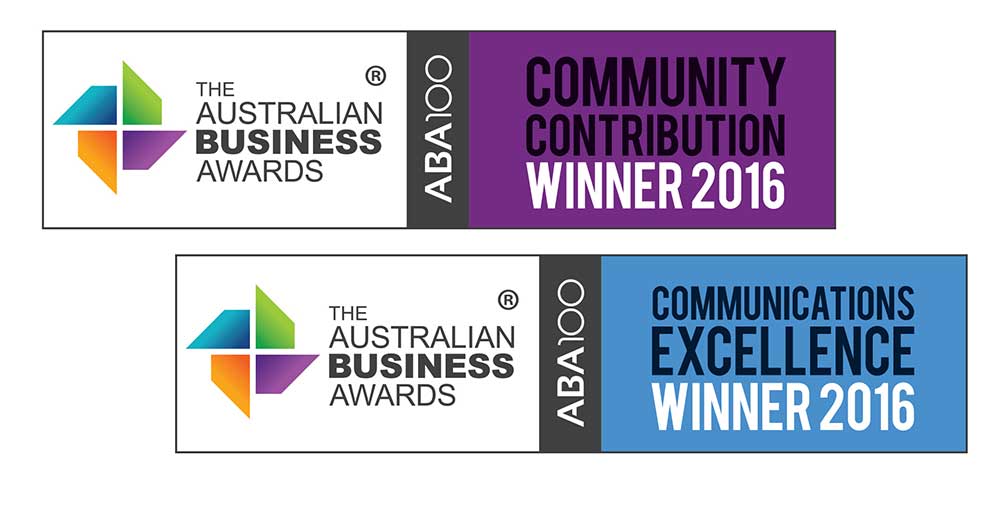The National Electricity Market (NEM) has long been an outstanding example of Australia’s microeconomic reform. It brought much needed competition to an industry once dominated by inefficient, state-run enterprises.
Snowy Hydro has been at the heart of this market, with volatility being the key driver of value for our business.
Our unique portfolio of fast start generation assets and large storages allows us to generate at times of peak demand, provide cap contracts insuring retailers against price volatility, and “time-shift” surplus, low price energy to high price/demand periods. We also underpin system security through synchronous generation and strong inertia capability.
Snowy 2.0 is an expansion of what we already do. It is not new or unique. The concept of expanding our pumped storage capability has been around since the 1960s. The growth of baseload power negated its viability, but the economics are changing rapidly.
As intermittent renewables grow, the market will experience greater volatility and uncertainty. The Australian Energy Market Operator confirms this trend as we move to a lower emissions future.
Snowy Hydro has witnessed this first hand, with increased demand for cap contracts in recent times. As it’s often said, when the wind doesn’t blow or sun doesn’t shine, how you fill the gaps forms the cornerstone of a secure, reliable and affordable NEM. In fact, filling in gaps has always been a key role of Snowy Hydro. As renewables increase, the need for our services will increase exponentially.
All independent analyses show that large scale storage is paramount to a lower emissions future. Snowy 2.0 will deliver 350,000MWh of storage to consumers at lowest cost. In fact, the project’s economics blow the alternatives out of the water. If Snowy 2.0 wasn’t built, the alternative would be a combination of batteries and open-cycle gas plants, costing at least twice as much and resulting in higher prices for consumers.
Some commentators have mistakenly sought to model Snowy 2.0 on today’s NEM, rather than the NEM we see coming. The future NEM, dominated by renewables, will require significant flexible peaking generation and storage. Snowy 2.0 will come online from 2024 at precisely the right time to fill the gaps and stabilise the market.
Snowy Hydro is already the leading provider of cap contracts. Increased market volatility, together with Snowy 2.0’s unrivalled storage capability, will allow us to expand our product offerings. These include insurance ‘floors’ and ‘collars’ (providing price certainty for wind and solar) and seasonal ‘energy exchange’ products. This will enhance long term energy security.
Snowy Hydro’s ability to provide ancillary services, critical for system security, will also increase to meet the demands of the future NEM.
As for claims that the economics don’t stack up – I refute them categorically. Snowy 2.0 can be funded off our balance sheet, while delivering a healthy internal rate of return of 8%.
While historically we have not often used our pumping capability, we’re progressively pumping more and will be at capacity when Snowy 2.0 comes online. In fact, our analysis shows that future storage demand will surpass Snowy 2.0’s capacity from 2031, when we can again deliver by expanding the Scheme using the same reservoirs as Snowy 2.0, to benefit future generations.
The scale, complexity and challenging geology of Snowy 2.0 requires a significant investment. Like any major infrastructure project, it is not without risk. To mitigate these risks, we have handpicked a team of world experts as partners on the feasibility study and beyond as we finalise the project’s precise technical requirements.
Finally, to suggest Snowy Hydro isn’t paying for transmission is misleading. The capital costs for Snowy 2.0 provide for the cost of the project’s transmission connection, that is, the lines connecting our assets to the wider shared network. The shared transmission network is common infrastructure used by all generators, with Snowy Hydro being only one and in fact the most infrequent user today, given we only generate at peak times.
The transmission network was built decades ago around coal, and the ideal zones for renewables are not in the same locations. The shared network needs a major upgrade to cater for renewables growth as new projects – again one of which is Snowy 2.0 – come online. The suggestion that Snowy Hydro pay for the entirety of these upgrades is misplaced.
At Snowy Hydro, our financial track record speaks for itself. We conduct rigorous forensic analysis of all investment opportunities and apply stringent hurdles to ensure the best outcomes for our shareholders. Our independent Board exercises the highest levels of scrutiny in assessing investment decisions.
Our feasibility study demonstrated the sound economics of Snowy 2.0. As we move towards a final investment decision late this year, our discipline will not waver. Our shareholders, and the energy industry, would expect nothing less.

